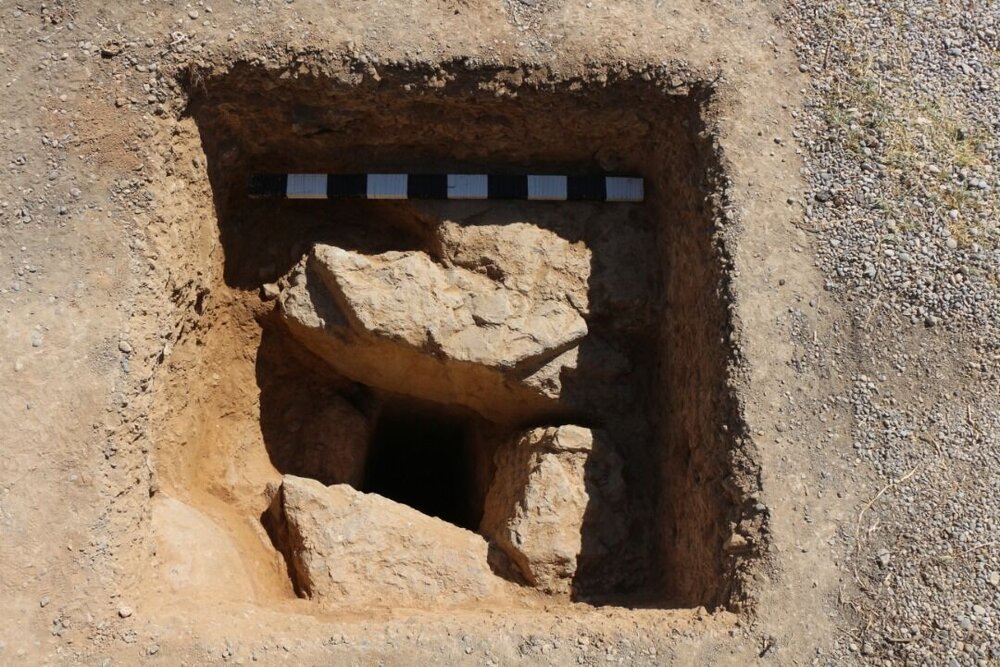Prehistorical hatch to protect UNESCO-tagged Persepolis against water erosion

TEHRAN – The newly discovered prehistorical hatch to Apadana Palace, a majestic ruined royal complex within the UNESCO-registered Persepolis, southern Iran, will reopen to protect the World Heritage site against water erosion.
Dating back to the Achaemenid era (c. 550 - 330 BC), the hatch, measuring 40 cm by 40 cm, connects the yard surface to underground ducts to repel the surface water of the courtyard.
The eastern part of Apadana Palace, where the vent has been discovered, is one of the busiest areas of the historical site due to its valuable bas reliefs, and its visitors are facing problems during the rainy season, IRNA quoted Hamid Fadai, director of the world heritage site, as saying on Friday.
The new round of survey on ancient water ducts in Persepolis, which was commenced in August, has led the archaeologists to discover this hatch, which was hidden due to the destruction of the complex, he added.
He also noted that reopening this hatch could help with the problem of overflowing at the eastern courtyard and a better situation could be created to protect this section of Persepolis.
Last month, the remains of 13 ancient skeletons, 11 of which human remains, were discovered at olden water ducts of Persepolis, shedding new light on the way of life in the ceremonial capital of the Achaemenid Empire.
By far the largest and most magnificent building is the Apadana, begun by Darius and finished by Xerxes, which was used mainly for great receptions by the kings. Thirteen of its seventy-two columns still stand on the enormous platform to which two monumental stairways, on the north and on the east, give access.
They are adorned with rows of beautifully executed reliefs showing scenes from the New Year’s festival and processions of representatives of twenty-three subject nations of the Achaemenid Empire, with court notables and Persians and Medes, followed by soldiers and guards, their horses, and royal chariots.
Delegates in their native attire, some completely Persian in style, carry gifts as a token of their loyalty and as a tribute to the king. These gifts include silver and gold vessels and vases, weapons, woven fabrics, jewelry, and animals from the delegates’ own countries.
Although the overall arrangement of scenes seems repetitive, there are marked differences in the designs of garments, headdresses, hairstyles, and beards that give each delegation its own distinctive character and make its origin unmistakable.
Persepolis was occupied and burnt by Alexander the Great in 330 BC apparently as a revenge to the Persians because it seems the Persian King Xerxes had burnt the Greek City of Athens around 150 years earlier.
ABU/MG
